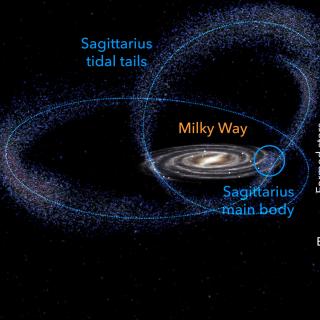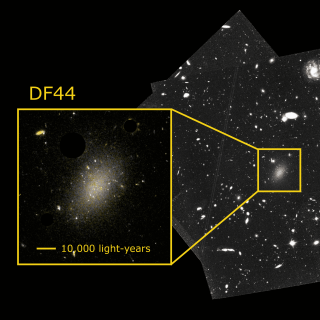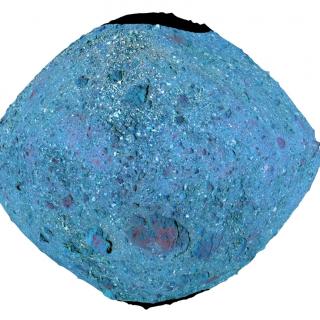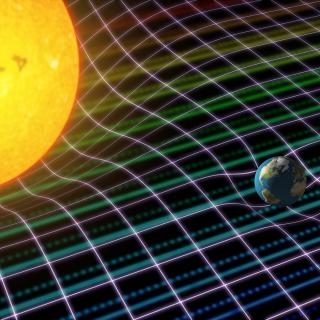
The European Space Agency's Gaia mission is revolutionising our understanding on how the Milky Way, the spiral galaxy we inhabit, has formed and evolved. Gaia is measuring the apparent luminosities, colours, positions, motions, and the chemical composition of an unprecedentedly large number of individual stars in our Galaxy. In particular, combining apparent luminosities with distances to these stars, here we have computed the intrinsic luminosity of 24 million stars within a sphere of 6500 light years around our Sun. Comparing such luminosities and colours with accurate models of stars we
Advertised on




